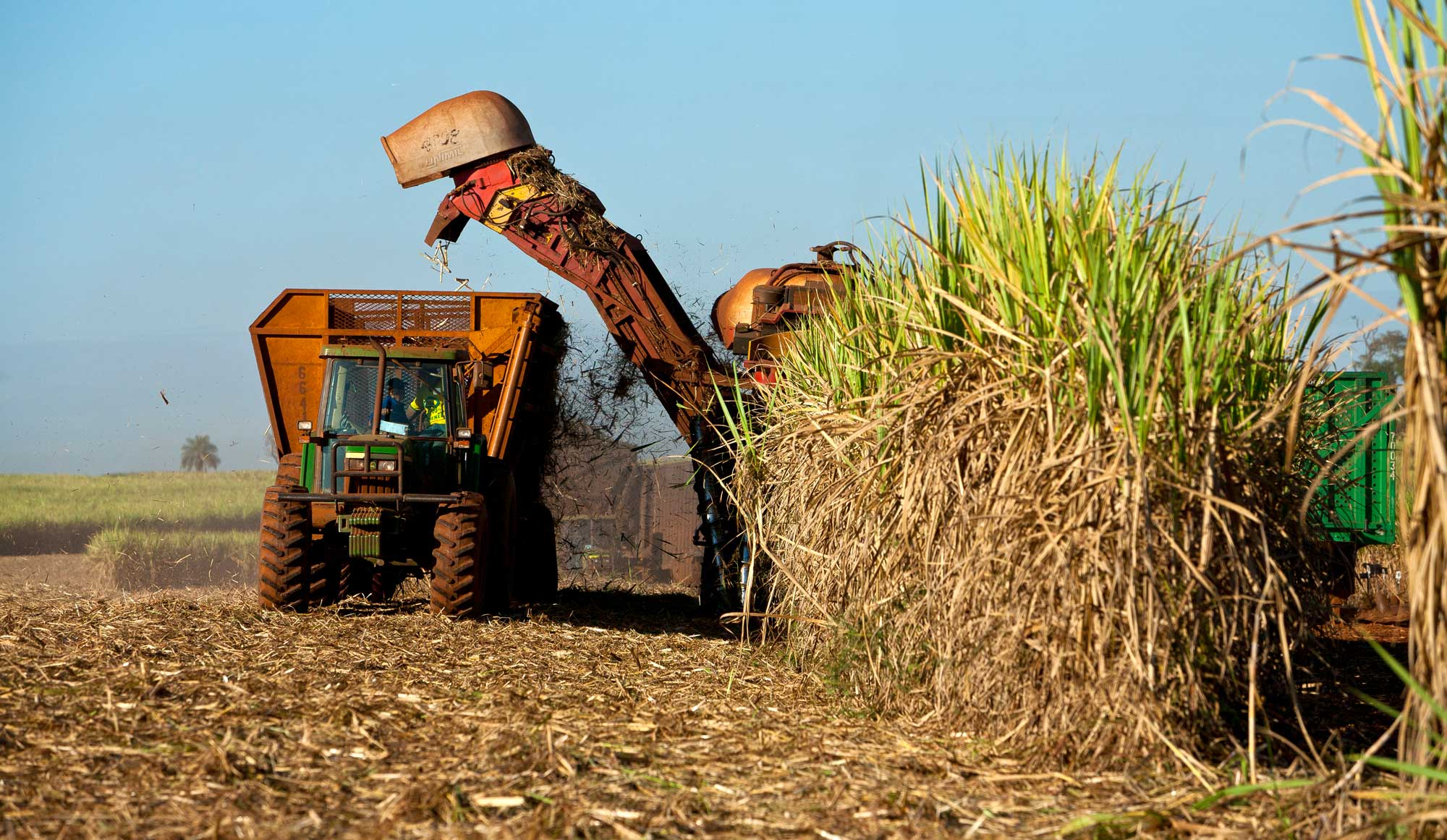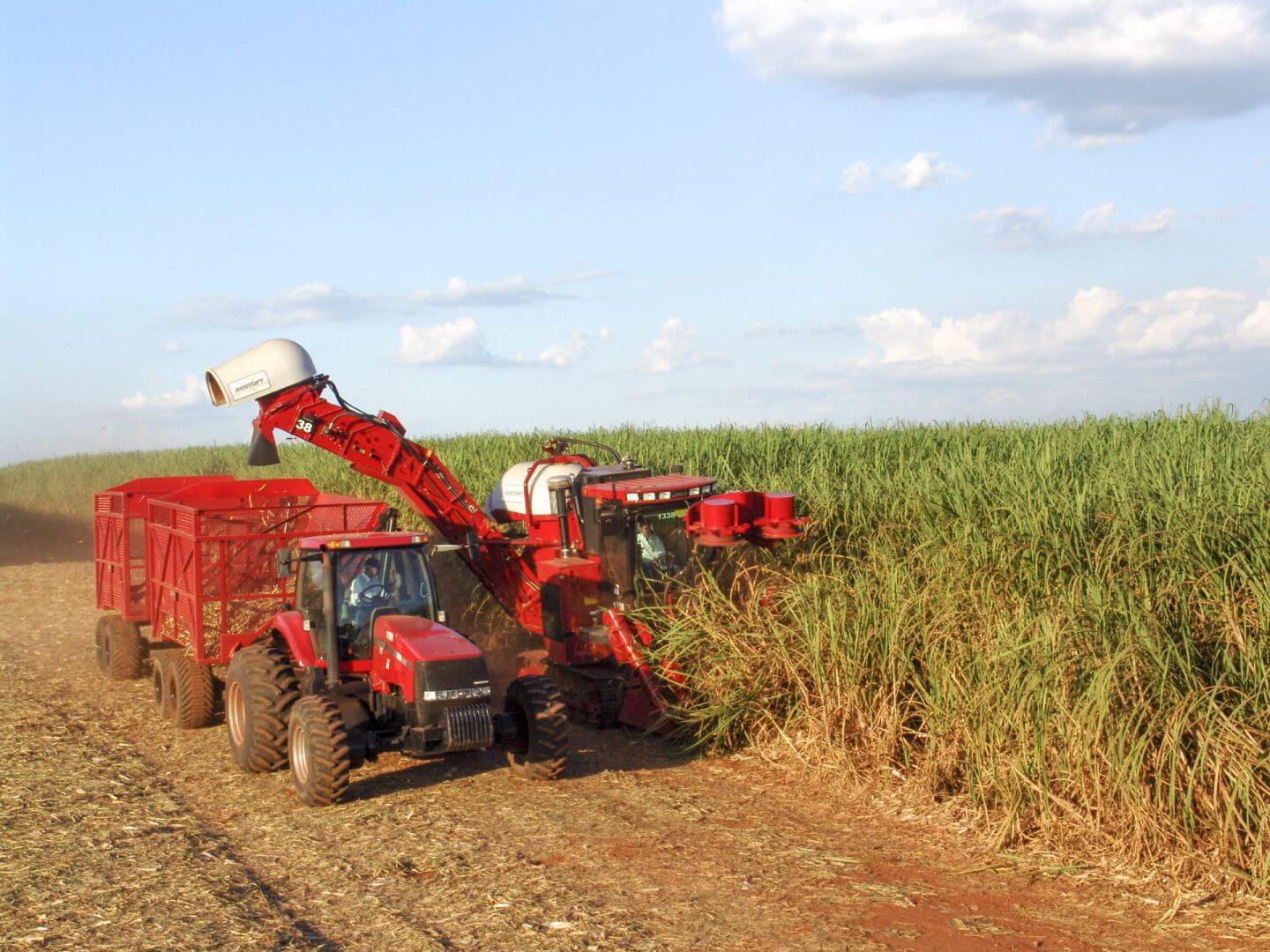Exploring What Are Sugar Canes Used For in Natural Wellness Products
All Concerning Sugar Canes: What Are Sugar Canes Made Use Of For and Their Function in Global Farming?
Sugar canes act as a foundation of international agriculture, mostly recognized for their function in sugar manufacturing. They also add to the creation of by-products like molasses and ethanol. These facets not just support different sectors however also effect economic security in country regions. Nonetheless, the growing of sugar walking canes faces substantial environmental obstacles. Comprehending their complex duty triggers more expedition right into their farming practices and sustainability efforts.
The Agricultural Refine of Sugar Walking Cane Cultivation
Although sugar walking cane cultivation may vary by region, the basic agricultural process stays regular. The primary step entails choosing high-yielding ranges suitable for regional climates. Preparation of the dirt is important, usually requiring tillage and the addition of fertilizers to enhance fertility. Growing usually happens throughout the stormy period, with farmers utilizing either entire stalks or cuttings to establish brand-new crops.As the plants grow, they need diligent care, consisting of weed control, insect management, and irrigation, depending upon the environmental problems. Farmers check the sugar cane's development cycle, which normally spans 10 to 24 months, before collecting. Collecting is labor-intensive, often conducted by hand or with specialized equipment, ensuring minimal damages to the stalks. Adhering to harvest, the walking stick is transferred to refining facilities. This meticulous farming process not only supports local economies however additionally plays a significant function in international agricultural practices, adding to food and power products.
Sugar Production: From Cane to Crystal
The trip of sugar manufacturing begins the minute newly harvested sugar cane gets to processing facilities. The initial step entails cleaning and cutting the walking cane to prepare it for removal. Using high-pressure rollers, the juice is drawn out from the smashed walking stick, resulting in a pleasant fluid called sugarcane juice. This juice undertakes clarification, where contaminations are removed with the addition of lime and heat.Next, the made clear juice is concentrated by boiling it to produce a thick syrup. This syrup is after that crystallized by cooling down, making it possible for sugar crystals to create. The crystallized sugar is divided from the remaining syrup, understood as molasses, via centrifugation.Finally, the sugar crystals are washed and dried out, resulting in the acquainted granulated sugar (What Are Sugar Canes Used For). This procedure transforms raw sugar walking cane into an item that is important to numerous culinary and commercial applications, highlighting the significance of sugar in international farming
Biofuels and Sugar Canes: A Sustainable Future
As the world increasingly seeks sustainable power services, sugar walking canes have become an encouraging source for biofuels. The biomass stemmed from sugar canes can be exchanged ethanol, an eco-friendly gas option that substantially decreases greenhouse gas exhausts contrasted to nonrenewable fuel sources. This process not just gives a cleaner energy resource but additionally promotes power freedom for many countries.In enhancement, sugar cane growing supports rural economic climates by developing work in both farming and biofuel manufacturing markets. Making use of sugar walking sticks for biofuel production additionally encourages agricultural diversity, which can boost dirt wellness and reduce dependence on solitary plants. The spin-offs of sugar cane processing can be made use of for electricity generation, in addition adding to a sustainable power cycle. As countries venture to satisfy sustainable energy targets, sugar walking canes are positioned to play a vital function fit a more lasting future in the biofuel landscape.

The Role of Sugar Canes in Drink Manufacturing
Sugar walking sticks play a considerable role in drink manufacturing, functioning as a primary ingredient in rum and adding to the sweet taste of lots of soft beverages. Additionally, their all-natural juices are utilized in numerous drinks, enhancing taste and allure. This convenience emphasizes the value of sugar canes in the international beverage industry.
Sugar Walking Cane in Rum
Rum production is intricately connected to the cultivation of sugar walking stick, a crucial crop that supplies the required fermentable sugars needed for fermentation. This process starts with the extraction of juice from gathered sugar canes, which is after that either fermented straight or refined into molasses. Yeast is included in convert the sugars right into alcohol, causing a varied series of rum styles, from light to dark selections. The geographical region where the sugar walking cane is grown greatly affects the flavor account of the rum, with elements such as soil kind and climate having fun vital roles. Countries like Barbados, Jamaica, and Cuba are renowned for their rum manufacturing, showing the historical and social significance of sugar walking stick within the international beverage market.
Soft Drinks Sugar Resource

All-natural Juice Production Uses
Along with its considerable function in soda production, sugar cane is also critical in the natural juice market. The juice extracted from sugar walking stick, referred to as walking stick juice, is celebrated for its natural sweetness and unique flavor profile. This juice is commonly taken in fresh in numerous regions, particularly in tropical nations, where it is enjoyed as a rejuvenating beverage. Furthermore, walking cane juice acts as a base active ingredient in a variety of all-natural fruit juices and shakes, enhancing both preference and dietary worth. Its natural properties make it an appealing choice to synthetic sweeteners, appealing to health-conscious customers. In general, sugar cane's versatility in juice manufacturing underscores its value in modern-day drink offerings worldwide.
Innovations in Sugar Walking Stick Byproducts
Innovations in sugar walking cane byproducts are leading the way for sustainable solutions in different industries. Biofuels obtained from sugar cane provide an alternate power source, while improvements in lasting packaging are minimizing dependence on traditional materials. These advancements highlight the convenience and capacity of sugar walking stick past its primary use in beverage production.
Biofuels From Sugar Walking Stick
Just how can the results of sugar walking stick add to lasting energy services? The conversion of sugar walking stick right into biofuels offers an encouraging avenue for renewable resource. By utilizing the fibrous deposit, recognized as bagasse, producers can generate bioethanol through fermentation processes. This bioethanol can act as a lasting choice to fossil fuels, decreasing greenhouse gas discharges and reliance on non-renewable resources. Furthermore, molasses, one more by-product, can be fermented to create biofuels, taking full advantage of source effectiveness. The power produced from sugar walking stick not only offers a cleaner fuel source however additionally improves the overall economic practicality of sugar production. By incorporating biofuel production right into their operations, sugar walking stick industries can play a crucial function ahead of time lasting energy services worldwide.
Sustainable Product Packaging Solutions
Lasting packaging solutions are increasingly being developed from sugar cane byproducts, showcasing the versatility of this farming staple. Advancements such as naturally degradable plastics originated from bagasse, the fibrous deposit left after juice removal, are acquiring traction. These products provide an environment-friendly alternative to typical plastics, minimizing reliance on fossil fuels and decreasing carbon impacts. Furthermore, sugar cane-based packaging is compostable, breaking down normally without hurting the setting. Business are now discovering these choices to line up with consumer demand for sustainability. As recognition of plastic air pollution grows, the adoption of sugar cane-derived packaging is anticipated to increase, placing sugar walking canes as a key gamer in the change to greener product packaging remedies in various sectors.
Economic Effect of Sugar Cane Farming

Although sugar cane farming has deep origins in many economies, its economic effect expands far beyond farming production. This crop works as a substantial income for countless farmers worldwide, especially in creating countries where farming is a primary source of income. Sugar walking cane adds to neighborhood economies through job creation in harvesting, cultivation, and handling. The sector also boosts growth in related markets such as transport, devices manufacturing, and food processing.Furthermore, sugar walking cane is a principal in global trade, affecting worldwide markets and like this prices. Countries that generate sugar walking stick commonly count on exports to improve their financial stability. The spin-offs of sugar cane, such as ethanol and molasses, branch out revenue streams for farmers and include worth to the agricultural industry. Generally, the financial implications of sugar cane farming are extensive, affecting not just farmers however likewise whole communities and national economies.
Ecological Considerations in Sugar Cane Growing
While sugar walking cane farming plays a necessary duty in numerous economic situations, it additionally raises substantial environmental issues that can not be forgotten. The comprehensive usage of plant foods and anchor chemicals in sugar walking stick growing usually brings about soil degradation and water pollution. Overflow from these chemicals can contaminate nearby water bodies, hurting aquatic ecosystems. In addition, the monoculture methods prevalent in sugar walking cane farming lower biodiversity, making environments much more prone to bugs and diseases.Deforestation is one more essential concern, as land is usually removed to make way for sugar ranches, causing environment loss for wild animals and raised carbon emissions. Additionally, the high water usage needed for sugar walking cane watering can stress regional water resources, particularly in deserts. As global need for sugar proceeds to rise, attending to these environmental obstacles ends up being necessary to guarantee lasting practices in sugar walking stick cultivation.
Regularly Asked Questions
What Are the Nutritional Benefits of Sugar Cane?
The nutritional benefits of sugar walking stick largely include its high carbohydrate content, offering energy. In addition, it includes vitamins, minerals, and anti-oxidants that may sustain overall wellness, though moderation is essential because of its sugar material.
Exactly How Does Sugar Walking Stick Affect Resident Ecosystems?
Sugar walking stick cultivation can greatly influence neighborhood ecological communities by changing land use, impacting biodiversity, and requiring significant water resources. In addition, it may lead to dirt deterioration and pesticide overflow, interfering with bordering environments and wildlife populations.
What Is the History of Sugar Cane Growing?

Exist Alternatives to Sugar Walking Stick for Sugar Production?
Alternatives to sugar walking cane for sugar manufacturing include sugar beetroots, corn, and various exotic plants like sorghum and agave (What Are Sugar Canes Used For). These plants offer varied sources of sweet taste, each with distinctive farming requirements and ecological impacts
Just How Do Weather Patterns Impact Sugar Walking Stick Returns?
Weather patterns greatly influence sugar cane returns with temperature level variations, rainfall amounts, and seasonal cycles. Dry spell or extreme rains can impede development, while ideal problems boost photosynthesis, inevitably influencing the quantity and quality of the harvest. The journey of sugar manufacturing starts the moment newly harvested sugar walking cane arrives at processing facilities. The taken shape sugar is divided from the investigate this site continuing to be syrup, understood as molasses, via centrifugation.Finally, the sugar crystals are cleaned and dried out, resulting in the acquainted granulated sugar. Rum production is elaborately linked to the cultivation of sugar walking cane, a necessary crop that provides the essential fermentable sugars needed for fermentation. Additionally, the monoculture methods prevalent in sugar cane farming minimize biodiversity, making ecological communities a lot more susceptible to bugs and diseases.Deforestation is another essential problem, as land is typically removed to make method for sugar ranches, leading to habitat loss for wildlife and enhanced carbon emissions. Alternatives to sugar cane for sugar manufacturing consist of sugar beets, corn, and various exotic plants like sorghum and agave.